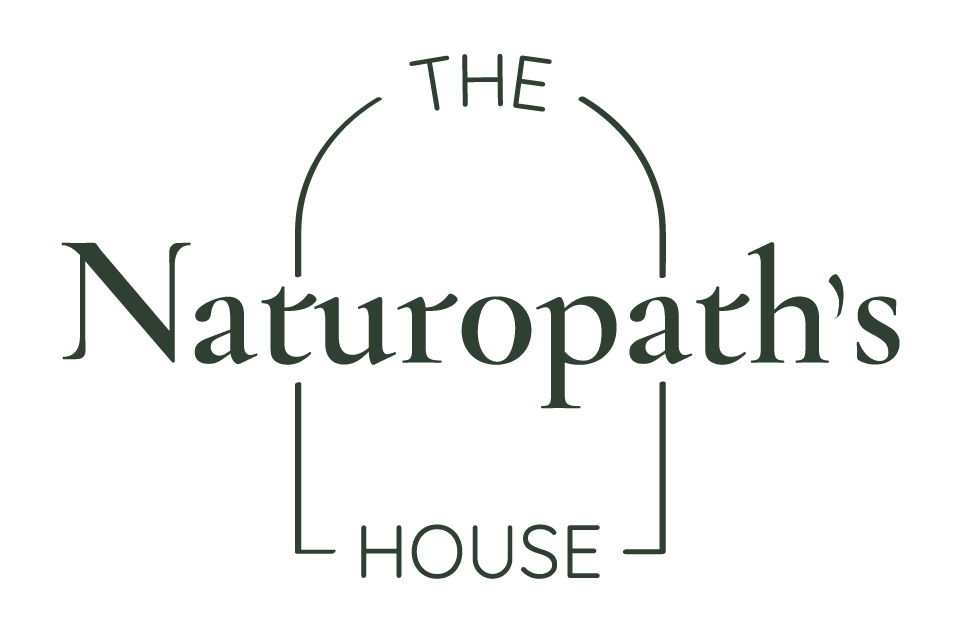
Iron is the most abundant essential trace element in the human body. It facilitates numerous functions, some of which include:
- Haemoglobin and myoglobin production (proteins in the red blood cells that transport oxygen)
- Selected enzyme functions (specifically involved in cellular growth, DNA synthesis, hormone synthesis and neurotransmitter synthesis)
- Cellular respiration & electron transfer reactions (which aids cellular energy production)
- Collagen and elastin production (supporting healthy skin, hair and nails)
Iron deficiency is the most common form of micronutrient malnutrition globally. Some associated deficiency signs and symptoms including fatigue, cold sensitivity, brain fog, shortness of breath, headaches, dizziness, restless legs, decreased immune function, brittle nails and hair loss.
There are numerous different causes of iron deficiency, but broadly speaking there are two main types of deficiency – absolute iron deficiency and functional iron deficiency. Absolute iron deficiency occurs when the body’s iron stores are extremely low. Some common causes include inadequate dietary intake of iron, poor absorption of iron from the diet (e.g., in certain gastrointestinal disorders) and increased iron loss (e.g., excessive bleeding). In cases of functional iron deficiency body stores may appear adequate, but there is a problem with iron availability and utilisation within the blood. Some common causes include chronic inflammatory states, chronic dis-eases, oxidative stress and infection. A detailed client history and iron blood work can assist differentiate between the two.
Interestingly, simply supplementing with iron is rarely the best solution. It is important to get to the root cause of the iron deficiency to rectify the condition. This may mean ruling out potential underlying conditions, addressing inflammation and/or oxidative stress if present, optimising gastrointestinal function and introducing dietary changes. In the case supplementation is necessary the form of iron, dose and duration required should be specifically tailored to the individual. One size does not fit all.
Another reason in which the sole addition of a supplement is not always the answer is due to the numerous cofactors required for iron absorption, transport, and utilisation, including:
- Vitamin A: Required for the mobilisation and transport of iron from storage sites (such as the liver) to the bone marrow, where it is used for red blood cell production.
- B Vitamins: Required for heme synthesis and the maturation and division of red blood cells.
- Copper: Required for the absorption, transport and utilisation or iron.
- Zinc: Required for the synthesis of heme (the iron containing component of haemoglobin) and the production of transferrin (the primary iron transporting protein).
Luckily for us, nature has it covered. Maintaining a balanced diet, including nutrient dense foods high in iron (e.g., liver, meat, shellfish) ensures the perfect synergy of these essential cofactors are present to support proper iron function in the body.
In summary, iron is crucial for wellbeing and if you are experiencing signs and symptoms of deficiency testing is important to reveal your current status. If identified as low the foundational steps should be to identify and address the root cause of deficiency and where possible taking a food first approach to support iron status.

